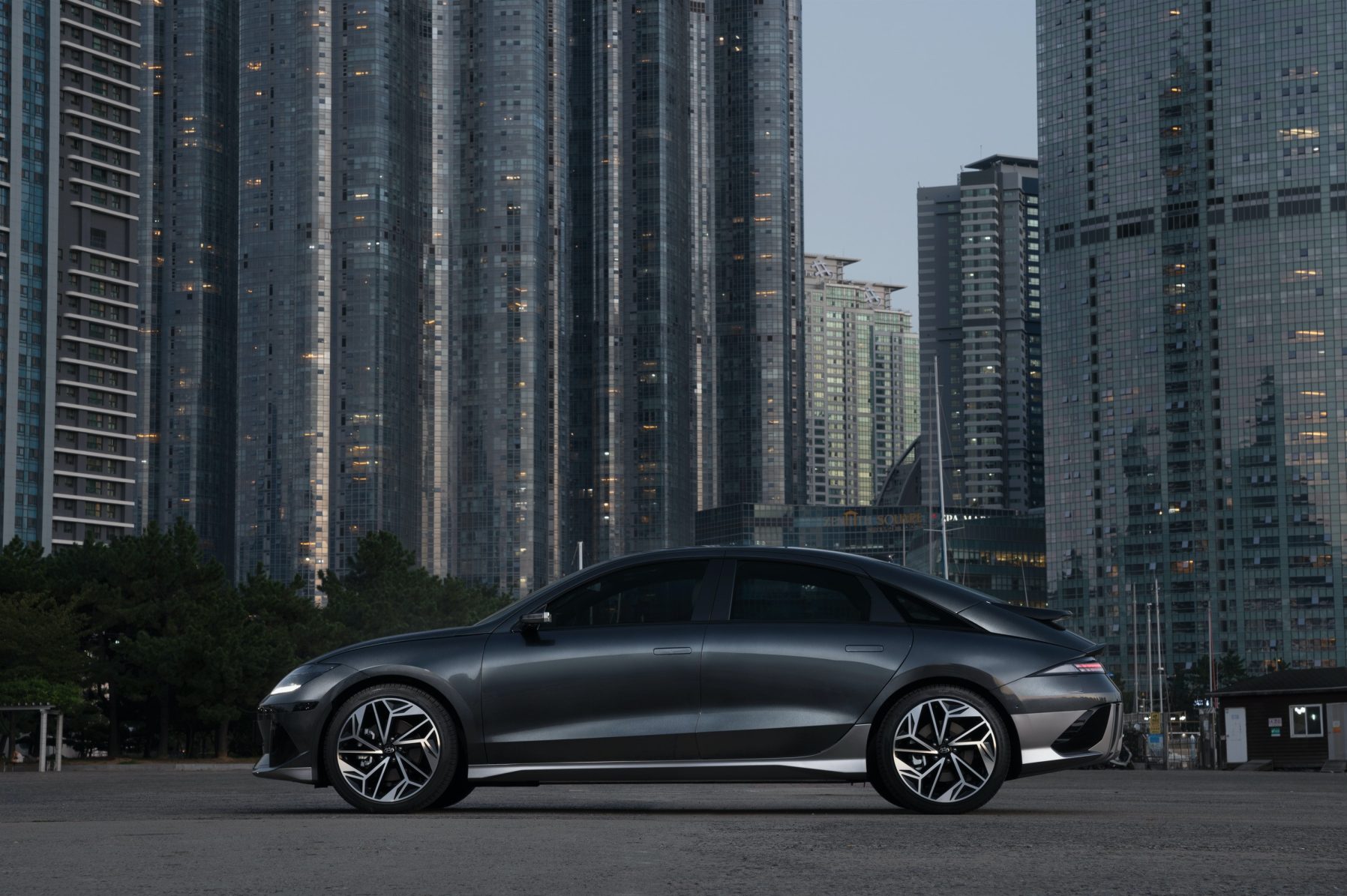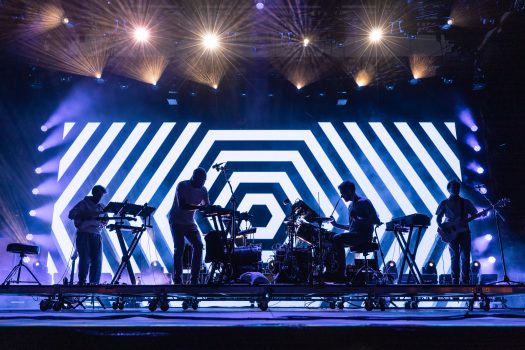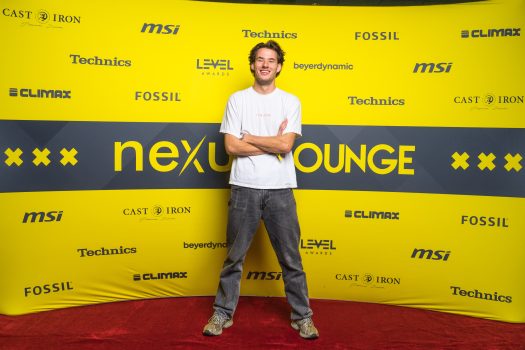The first time someone hops into an electric vehicle is a bizarre experience. The usual symphony of engine roars and combustive blasts is replaced by an almost ethereal quietness, with any audible hum mostly coming from the tires whirling rapidly. Whether this newfound tranquility feels eerie or delightful, one thing is sure: it’s a safety hazard. Pedestrians, cyclists, and fellow travelers depend on sound to alert them, and according to federal mandates, electric cars are now obliged to break their silence and produce sound.
As electric vehicles become kings of the road, they’re gifting car manufacturers a golden opportunity to revolutionize automobile sounds. Many car companies are tapping the expertise of sound producers to craft entirely innovative sonic landscapes. This intricate journey involves a captivating fusion of engineering, artistic ingenuity, and strategic marketing, poised to forever change the auditory fabric of our environment.
Considering all this, the question arises: What should electric vehicles sound like?

Carmakers, Make Some Noise!
In a harmonious twist, carmakers cooperate with the globe’s most skilled musical maestros to conjure the perfect sound experience. For instance, BMW has tapped Hans Zimmer’s genius to compose the sound for their electric vehicle, drawing inspiration from a Beatles tune for one model’s starting chord. Meanwhile, Jaguar has teamed up with the electronic virtuoso Richard Devine, while Volkswagen has enlisted the rhythmic prowess of Leslie Mándoki, a Hungarian-German percussionist and music producer.
When tasked with spearheading the creation of the acceleration sound for the Nissan Leaf, musician and sound designer Danielle Venne from Made Music Studio embarked on a creative journey. She artfully combined diverse elements such as woodwind instruments, flutes, clarinets, and synthesizers.
“It ends up feeling like something out of Star Wars,” Venne says.
Fiat made history by incorporating a human voice into the audio signature of its electric car, marking a pioneering move. This vocal element was skillfully intertwined with a chord from Nino Rota’s enchanting soundtrack for the 1973 film “Amarcord.” The outcome is reminiscent of being in a theater as if the curtains have just gracefully parted, unveiling a captivating performance.
At Renault, sound designers drew inspiration from science fiction films when crafting the auditory experience for the Zoe model. The resulting sound has evoked comparisons to a celestial chase led by an angelic choir.
Soon, drivers will be empowered to customize the sound character of their vehicles. This innovative movement is a collaborative endeavor led by prominent car manufacturers to provide electric vehicle owners with their preferred soundscapes.

Humans and Machines in Harmony
In this era of expanding electric vehicles, car makers seize the chance to steer toward a more welcoming, human-centric sound. By infusing the sounds of human musicians – encompassing vocals, instruments, and music – they instill a more human quality into the vehicles. This shift is heading away from a dystopian cyberpunk vibe into a utopian blend of human and machine harmony.
This paradigm shift embraces the essence of “techno” in its original sense. Instead of surrendering humanity to elevate machines, individuals now partner with technology to shape a more promising world. This collaborative effort ranges from crafting rhythmic patterns on a drum machine to harnessing advanced synthesizer technologies like SuperNATURAL and Reaktor to infuse vehicles with a musical soul.
While electrification gains momentum, it offers a distinctive advantage to select vehicles, as renowned artists and musicians contribute to creating unique sounds. This might initially appear as a marketing tactic, but the effort goes far beyond branding and bragging rights.




